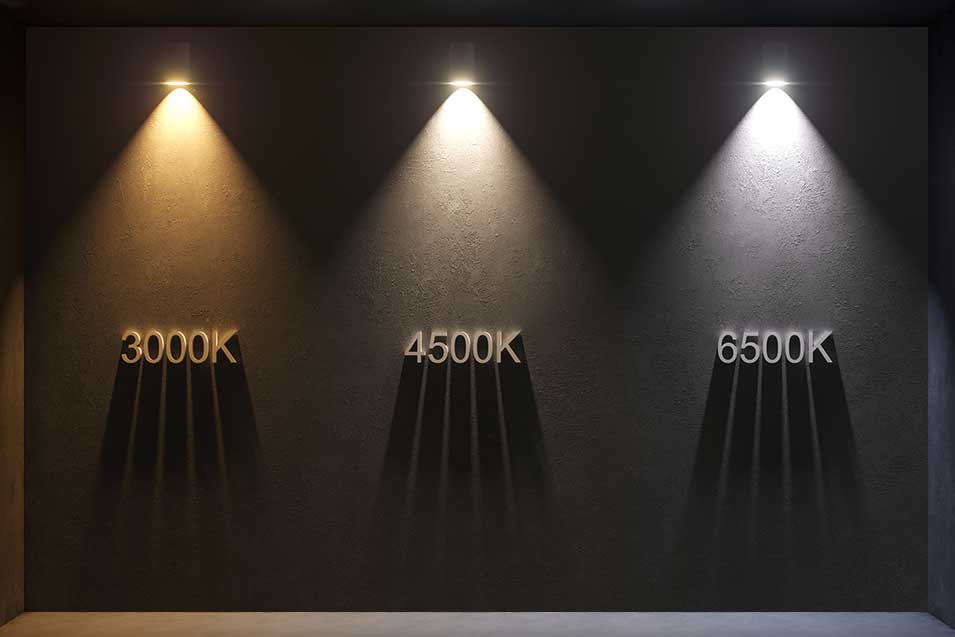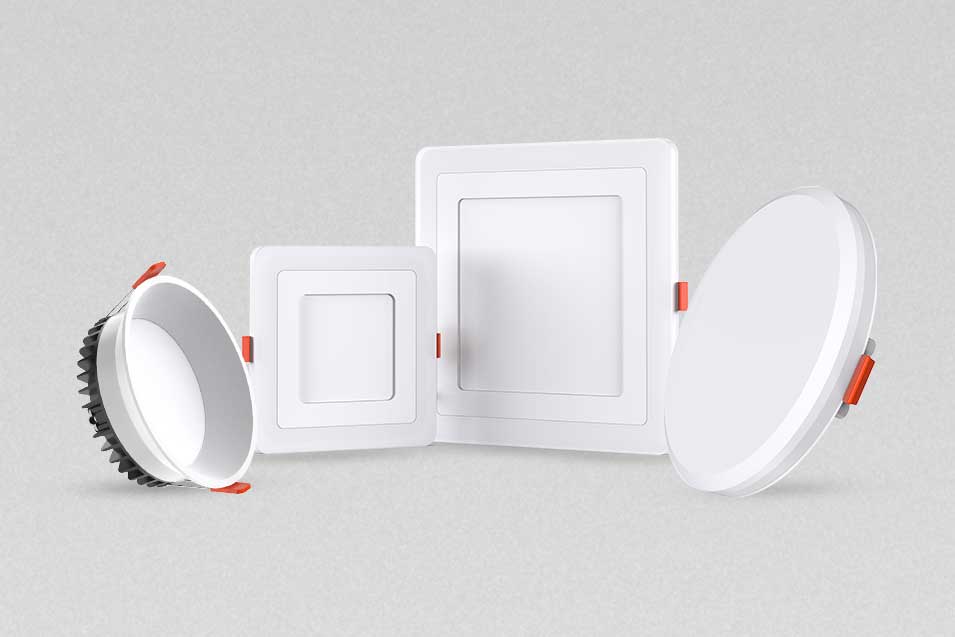
Complete Guide to Light Colour Temperatures and Applications
22nd September 2025 | Written By: Rika Aash | Read Time: 3min | Last Updated: 22nd September 2025
You must have come across the term ‘light colour temperature’ many times while shopping for lights for your spaces. But do you know what it actually means? And why is it important to understand its use and applications. In this blog, we will understand what is colour temperature, different types of colour temperatures, and their applications.
Understanding Types of Geysers
Colour temperature refers to the tone or appearance of light as seen by the human eye. Measured in Kelvins (K), colour temperature can range from warm to neutral, cool, and daylight. They are typically found in the range of 2700K-6500K.
Refer to the table below to understand Kelvin colour temperature.
| Colour Temperature | Appearance |
|---|---|
| <3000K | Warm/Yellowish Light |
| 3000-4000K | Neutral White |
| 4000-5000K | Bright White |
| 5000–6500K+ | Daylight/Bluish |
Types of Light Colour Temperatures & its applications
Having knowledge of different colour temperatures can help you select appropriate lighting for different spaces. Let’s understand the main types in detail.
-
Warm Light:
Warm white light creates a warm ambience and a cosy, inviting environment. It emits rich golden hue that reduces eye strain. Ideal for homes, restaurants, and hotels, these lights are commonly used in table lamps, floor lamps, chandeliers, etc.
-
Neutral Light:
Neutral white light sits between warm white and cool white; it is a balanced form of colour temperature. It appears clean, natural white, comfortable on eyes while still providing bright visibility. They are widely used in office, retail spaces, study areas, kitchens as it promotes alertness and creates an ambience that works well for both professional and casual settings.
-
Cool White:
Cool white light emits a bright, crisp white light with a subtle hint of blue, creating a clean and focused environment. It is often used in offices, retail stores, and workspaces where clarity and concentration are essential, as it helps enhance alertness and productivity.
-
Daylight:
Daylight colour temperature is closest to the natural daylight and emits a blue-white light. It improves visibility and clarity, especially for tasks like studying or cooking. Daylight lighting is commonly used in kitchens, hospitals, and as task lighting where bright, energising illumination is needed.
Importance of Colour Temperatures
Light colour temperatures significantly impact our moods and productivity, it influences the perception of space and environment. It impacts our circadian rhythm that affects our sleep cycles, alertness, and mood.
- Warm white light creates a cosy, warm, and relaxing ambience. It is used for spaces where we want to relax and be comfortable.
- Neutral white offers a balanced and natural atmosphere that feels clear yet comfortable.
- Cool white light produces a clean, bright light ideal for spaces that demand both visibility and warmth.
- Daylight delivers a stimulating ambience that mimics natural daylight that improves concentration and colour accuracy in task-oriented zones.
Choosing the right colour temperature not just enhances the space aesthetically but also boosts the productivity and emotional experience in a space. Hence, understanding right colour temperatures is essential for creating the right atmosphere.





